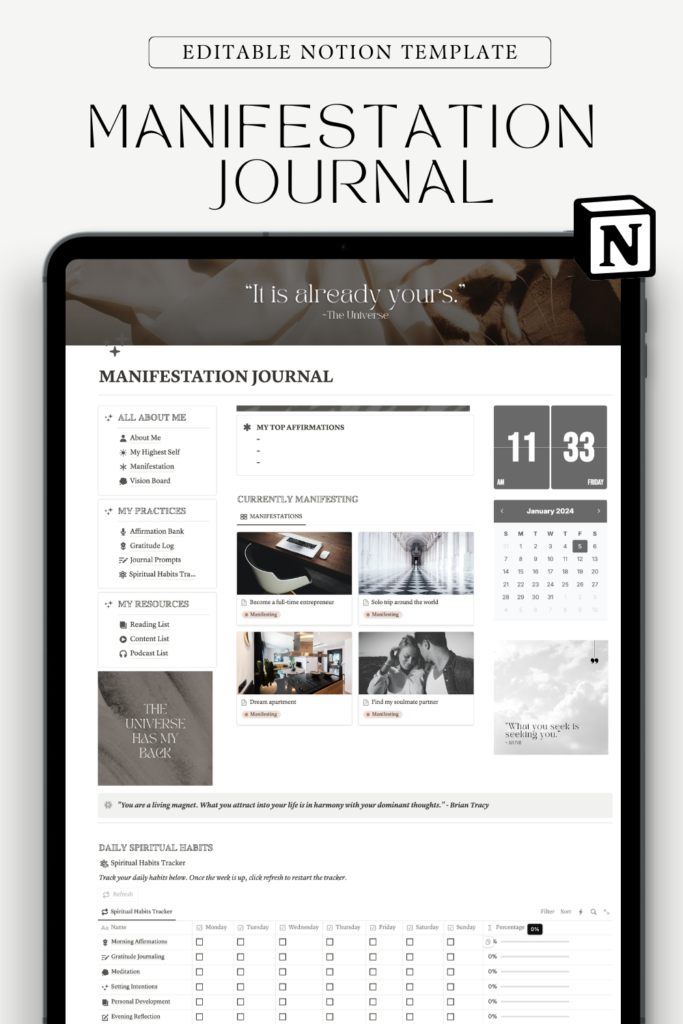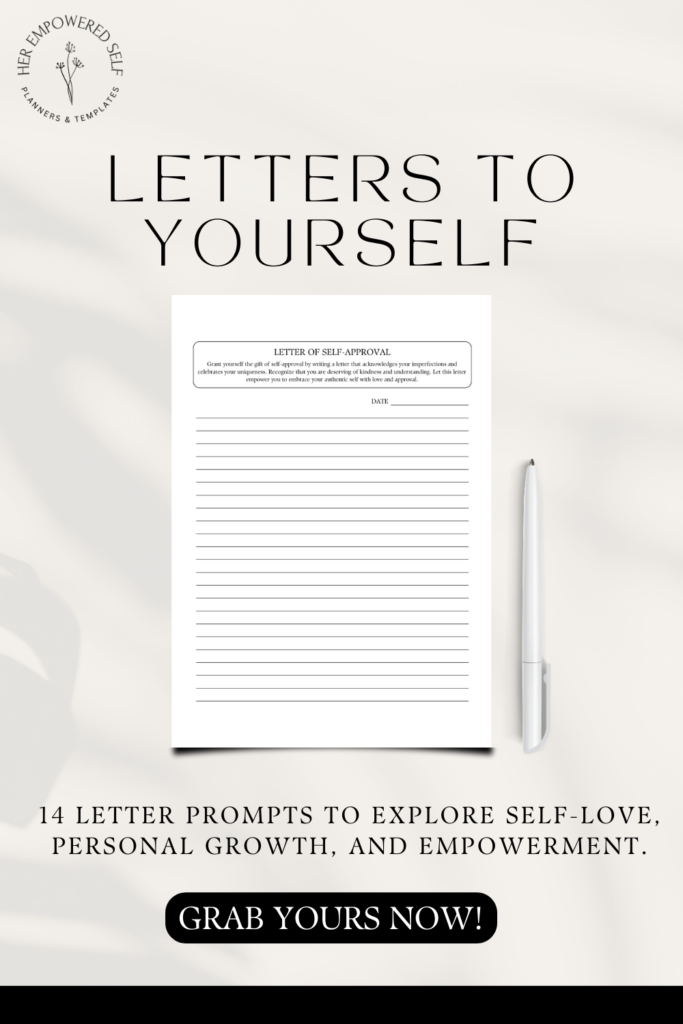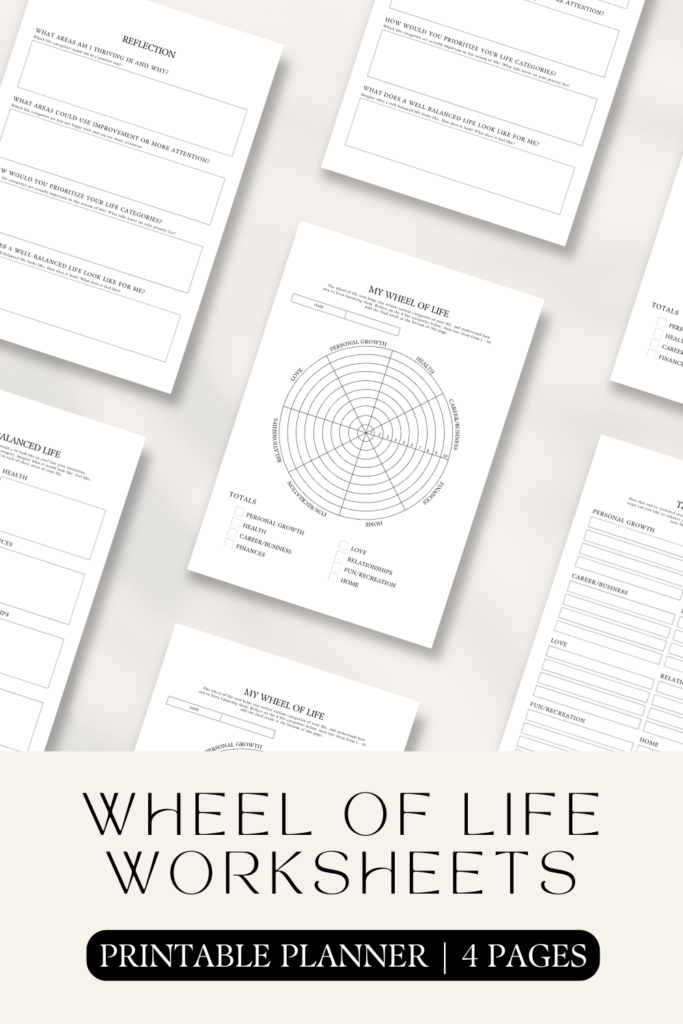You’ve probably done mid-year reviews at work – but have you ever done one in your personal life? One of the best ways to be reach your goals is to set mid-year reviews where you can regularly check in with yourself. This post covers how to do a personal mid-year review!

Introduction
One of the most common things employers do is set up professional mid-year reviews to track the progress and output of employees. It leads to reflection, celebration, and acknowledgment of room for improvement at work.
Reviews are a proven process for us to keep on track with where we want to go, while also giving awareness for how we can improve.
It’s important to also do mid-year reviews in the different areas of your life. Read on to learn how to do your own mid-year review to help you with your personal growth and development.
Why do a Mid-Year Review?
Every year, so many of us spend time in late December reflecting on where the year took us. After much reflection, we then spend early January setting ambitious New Years’ goals and intentions.
Though, isn’t it common that by the time March arrives, the commitment to your goals slowly fade? The hype of “New Year” is no longer there, and all your hopeful intentions are simply left in your journal, waiting again for next year to arrive.
Hopefully not, though it is common for many of us to fall off track, especially if we do not make consistent time and space to review our goals and what we have achieved.
A personal mid-year review is a great way to reset, reflect, and acknowledge where you are and where you aim to go.
Instead of only doing mid-year professional reviews at work (if that is even the case), why not set up your own review process to get on top of your goals and crush the remainder of your year?
How to do a Personal Mid-year Review
1. Schedule a time and space for your review
Start with booking a time for your personal mid-year review. Block out 2-3 hours in your calendar to fully dedicate yourself to it. Think of it as a personal development or self-improvement session.
Here are a few things to keep in mind:
- Choose a time when you can be fully present (e.g.. are you a morning or evening person?)
- Do the review in a place that is distraction-free and where you can focus
- Make the experience cozy and pleasant (bring blankets, play music you love)
- Bring your favourite pens, journal, stationary
Most importantly, mark it in your calendar and show up for yourself. Block out the time, and I promise you will be so grateful you did.
One thing you can also do in advance is to pre-book your mid-year reviews in your calendar every 6 months.
Remember, what gets tracked, gets done. Make it easy for yourself. By putting it in your calendar, you won’t forget to have regular reviews.
2. Gather information
Just like you would do for a professional review at work, you’ll want to collect some info on how the last 6 months went. This will help you with your review and start with awareness of where you’re currently at.
Think of all the different things that can tell that story.
Some things to consider include:
- Journals: review any relevant journal entries
- Year plan: dig up the plan you set for yourself, such as your New Year’s intentions
- Goals: review goals you’ve set for yourself in all areas of your life
- Accomplishments: take note of all the wins you’ve had
- Planner/calendars: review your physical planner or digital calendar to remember the events and activities of the year thus far
3. Review the past 6 months
As you begin your review, the first part is to look in hindsight. Here are a few helpful activities and journal prompts to get you going.
Life Wheel
This is a common tool used by counsellors and coaches to help you assess your current life state, holistically.
To do this, you review the different categories in your life using a wheel that represents the different areas of your life. The different areas include Finances, Relationships, Career, Health, and more. You can also choose your own categories depending on what is most important to you.
You then rank each area from a scale of 1-10, with 10 being most fulfilled. Your goal is to get the wheel as balanced as possible.
Let it be an indicator for areas of improvement, and to take note of what’s already working well. Starting with this activity in your review can give you important insights for setting your next goals.
Journal prompts
In the past 6 months:
- What have I accomplished?
- What milestones have I hit?
- Which goals have I completed?
- What were my favourite moments?
- What were my low points?
- What is working for me?
- What is not working for me?
- What can be improved?
- What is no longer relevant?
- What have I learned?
- What habits have I developed?
- What habits did I struggle with?
- Which areas of my life are most important to focus on?
4. Re-plan for the next 6 months
Now that you’ve given thought to how you spent the last half-year, you can now focus on your future and re-plan for the next 6 months.
Here are some activities to create your 6-month plan:
Set your goals
Decide which goals you’ll want to keep, remove the ones that are no longer important, and add any new goals that have come up. Acknowledge which goals are a priority. Think about which goals will make the biggest difference by the time you do your next review.
Create a 6-month roadmap
Map your goals across the timeline. Map out what each month will look like. What milestones do you want to hit? When do you expect to hit those milestones? What will be the high-level focus of each month?
Consider the following questions:
- What habits do you need to set up?
- What else needs to happen to hit those goals?
- How often will you check in with yourself to see if you’re on track?
- How will you reward yourself for hitting those goals?
5. Make it easy to visualize your 6-month plan
One of the reasons it’s challenging for us to stay on top of our goals is because we simply forget. We get so caught up in the day-to-day that we forget our bigger picture goals.
To implement everything you planned to do, make it easy to visualize your goals and overall plan.
Here are a few ways to do that:
- Create a vision board that represents your goals (either digital or get crafty)
- Print out your roadmap and put it on a wall over your desk
- Write your main goals on sticky notes and paste it where you’ll see it often
- Buy or print out a year calendar and map out your goals
6. Schedule follow-up reviews
Personally, I love to review my progress towards my yearly goals every month at minimum. Of course, this can also be done every 2-3 months, or as you desire.
It’s your life – your rules! The goal is to be intentional in reviewing the goals you set for yourself at your mid-year reviews. The more you’re on top of it, the more you’ll be motivated towards actually achieving what you want.
Conclusion
A mid-year life review can be a simple pulse-check on your life. Enjoy the process, let it be fun, and remember this is merely a starting point! You can add or remove steps as you see fit. The most important thing is to book that review for your own personal growth.
Will you try a mid-life review this year?
Leave a comment below!
PIN FOR LATER









